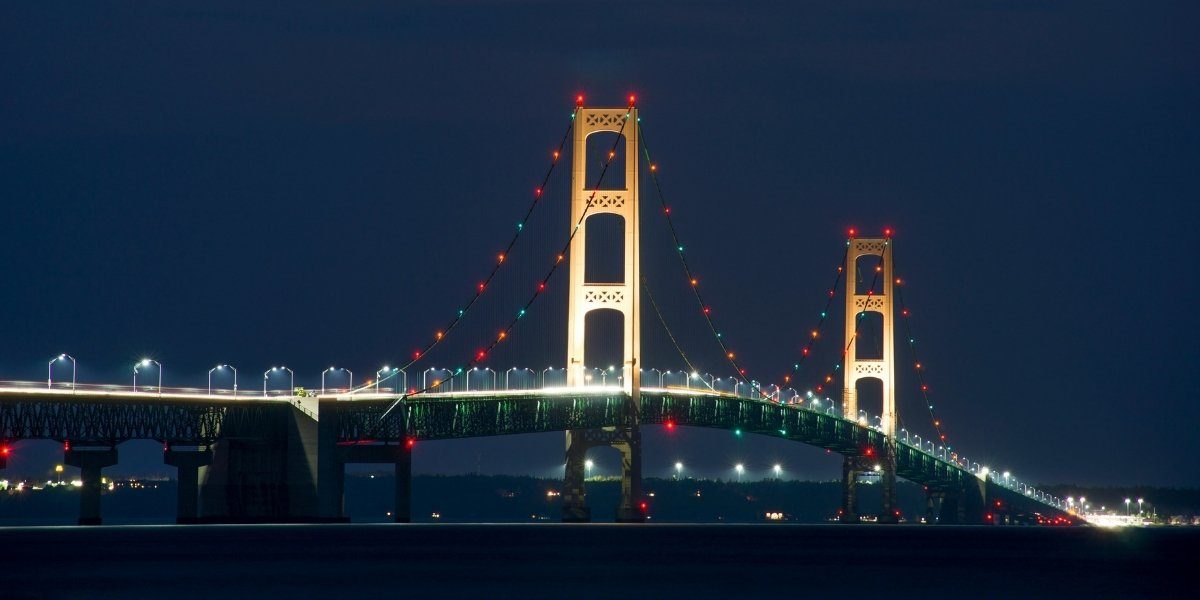The Richest US State: Understanding Wealth Across America
The US has a diverse economy with states that vary significantly in terms of income levels, cost of living, and overall economic prosperity. Among these states, some stand out for their high levels of wealth and economic success. But what exactly makes one state the richest, and how do we measure such wealth? In this article, we explore the factors that contribute to the title of the richest US state and delve into the states that have earned this distinction.
Read Also: Seattle’s Economy: From Tech Giants to Trade Port Success
How Is the Richest US State Determined?
When evaluating which state is the richest in the US, experts typically consider several key factors. These include the state’s Gross Domestic Product (GDP), median household income, and personal income levels. While GDP measures the total economic output of a state, median household income provides a clearer picture of the average standard of living for residents.
Other contributing factors include education levels, employment rates, and industry diversity. States with highly educated workforces and robust job markets often rank higher in terms of wealth. However, a state’s cost of living must also be taken into account; a high income might not go as far in states with expensive housing markets.
Which States Rank as the Richest in the US?
In recent years, a few states have consistently ranked at the top for wealth. California, for instance, has one of the largest economies in the world, driven by industries like technology, entertainment, and agriculture. Silicon Valley, in particular, has made the state home to some of the wealthiest individuals globally. However, despite its massive economic output, the state’s high cost of living has affected its overall rankings in terms of personal wealth.
Another contender for the title of richest US state is Maryland. With a strong economy driven by government-related jobs, healthcare, and technology, Maryland has one of the highest median household incomes in the nation. Its proximity to Washington, D.C., also plays a role, as many residents benefit from the wealth generated by the federal government and related industries.
New Jersey is also a leading state when it comes to wealth. It boasts a high standard of living and benefits from its proximity to New York City, which drives its real estate and financial sectors. With one of the highest per capita incomes in the country, New Jersey ranks near the top in terms of overall wealth.
How Do Economic Factors Contribute to Wealth?
Economic factors such as industry development, infrastructure, and innovation are key drivers of wealth in states. For example, California’s booming tech sector has made the state a global economic powerhouse. The innovation coming out of Silicon Valley contributes to high incomes and a high cost of living, helping the state remain one of the wealthiest despite challenges like housing affordability.
States like Massachusetts and New York also thrive due to their educational and financial sectors. Massachusetts, home to prestigious universities and tech hubs like Boston, continues to benefit from research and development spending. Meanwhile, New York’s finance and real estate sectors bring in high revenue, which boosts wealth for residents.
The rise of industries like renewable energy and biotechnology in states such as Texas and North Carolina is contributing to their increasing wealth. These new industries help diversify the economy, creating more job opportunities and increasing overall state prosperity.
The Role of Government Policies and Investments
Government policies also play a significant role in shaping the economic landscape of the richest US state. States that invest in education, infrastructure, and healthcare often experience better long-term economic growth. Access to quality education helps create a highly skilled workforce, which in turn attracts industries seeking talented workers.
States with lower taxes, such as Texas, encourage business growth and attract high-net-worth individuals looking for favorable tax conditions. This helps drive up the state’s wealth by creating a business-friendly environment that allows for both corporate growth and the expansion of wealth among its residents.
Can the Richest US State Maintain Its Status?
As the economy continues to evolve, states must adapt to new challenges to maintain their wealth. The rise of remote work, for example, could shift wealth dynamics as people leave high-cost areas in search of more affordable living. This trend could impact the richest US state, especially those that rely on industries tied to physical proximity, like finance and tech.
Environmental factors also play a role. States facing natural disasters or environmental challenges may struggle with long-term prosperity, even if they currently boast a high standard of living. The impact of climate change and the need for sustainable business practices will likely shape the future of wealth across states.
Read Also: Seattle’s Hidden Culinary Gems: Spots Beyond the Usual
The Ever-Evolving Landscape of Wealth in the US
The title of the richest US state is not fixed, as economic conditions change over time. While states like California, Maryland, and New Jersey are often at the top, other states are steadily increasing their wealth by diversifying their industries and investing in key sectors. Factors such as government policy, innovation, and economic diversification will continue to play a crucial role in determining which state holds the top spot.
In the future, it’s possible that the richest state could look very different from what we see today, driven by changes in industries, technology, and shifting population trends. However, the dynamic nature of the US economy will ensure that states continue to compete for the title of wealthiest, creating an ever-evolving landscape of prosperity.






